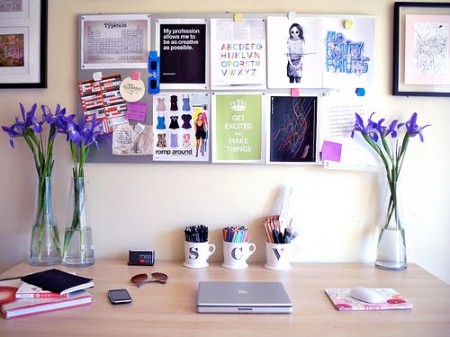Out of Control Clothes
 Sunday, March 10, 2013 at 12:53PM
Sunday, March 10, 2013 at 12:53PM I frequently walk into homes with tons of clothes only to have a client tell me that “well, I just need to get these organized.” It is true enough that an organizational system is needed, but we’re all living with finite space limitations. Most of the time, the answer isn’t a bigger space or a clever system of boxes or shelves, tempting as those may be. The answer is the hardest one -- sorting and prioritizing.
It may be time to take a hard look at your closet.
True story. I was working with a single mom one day. It was early in the winter, so it was starting to be serious coat weather. As there was no coat closet near the entry, there was a large wardrobe in the living room which functioned as the coat closet, holding the coats, hats, gloves, sports equipment, etc. for this family of three. After we reconfigured much of that living space, I suggested we tackle the contents of the wardrobe.
“Oh, we don’t have to do that,” she said.
I persisted. “Let’s just take a quick look in there.”
She was game. We quickly discovered that it was so jammed full (coats, hats, boots, scarves, athletic equipment, sneakers, too many hangers) that nobody could get anything in there. Thus, the coats and jackets in current rotation were tossed on furniture (or the floor) in the living room and dining room. Athletic equipment was likewise strewn throughout the living room, dining room and kitchen.
We ended up getting rid of about two-thirds of the contents of that wardrobe. Some went to a consignment shop and some things were donated. A few things were in such a bad state that we tossed them. There were multiple coats and pairs of shoes that her kids had long outgrown. There were coats in there which she no longer liked and didn’t even remember having. The upside was that we also unearthed a few favorite pieces she had forgotten -- it was almost like getting new stuff!
When we were done, there was room in the wardrobe. We had designated a shelf for things like yoga mats, athletic gear, and so on. Every member of the family had a nook for their hats and gloves. No more coats hanging on chairs and no more gloves lost because they were absent-mindedly tossed on the kitchen table.
I learned two things from that experience. The first was that just one closet (in this case a wardrobe) can create an entire room's worth of mess. It's fair to say that at least one-half of the mess in the living room was caused by the over-stuffed wardrobe. When we fixed that it became much easier for her and her kids to put things away. Thus, the living room looked fairly tidy, pretty much all the time.
The second thing I learned was that I have to just go with my client sometimes. In this case, I had a client who was game to give it a go when I suggested it. And she was able and willing to let go of things she no longer needed, wanted or used.
With the living room tidy and manageable, she was thrilled and her kids were happy. If you have a problem with clothes in your home, your closets (or dressers or wardrobes) may be the source of the problem. Don't be afraid to get in there and tackle them.
